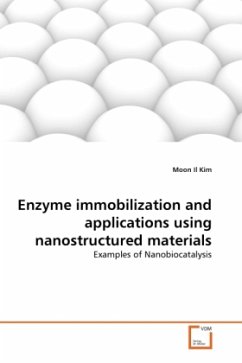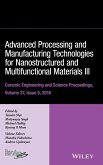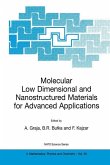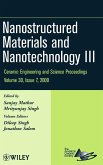Enzymes are versatile biocatalysts and find increasing applications in various industrial processes including organic synthesis and bioremediation. However, the application of enzymes is often limited by the short catalytic lifetime and by the difficulty in recovery and recycling. In this study, different types of nanostructured materials were used as hosts for enzyme immobilization since they provided a large surface area, leading to a higher volumetric enzyme activity. This work demonstrates that different types of nanostructured materials were efficiently used as hosts for enzyme immobilization. The synergy between various nanostructures and suitable immobilization methods including CLEA resulted in vivid improvements of catalytic features, therefore it offers great potential to expand to any other enzymes for the development of stable system in many enzymatic applications.







